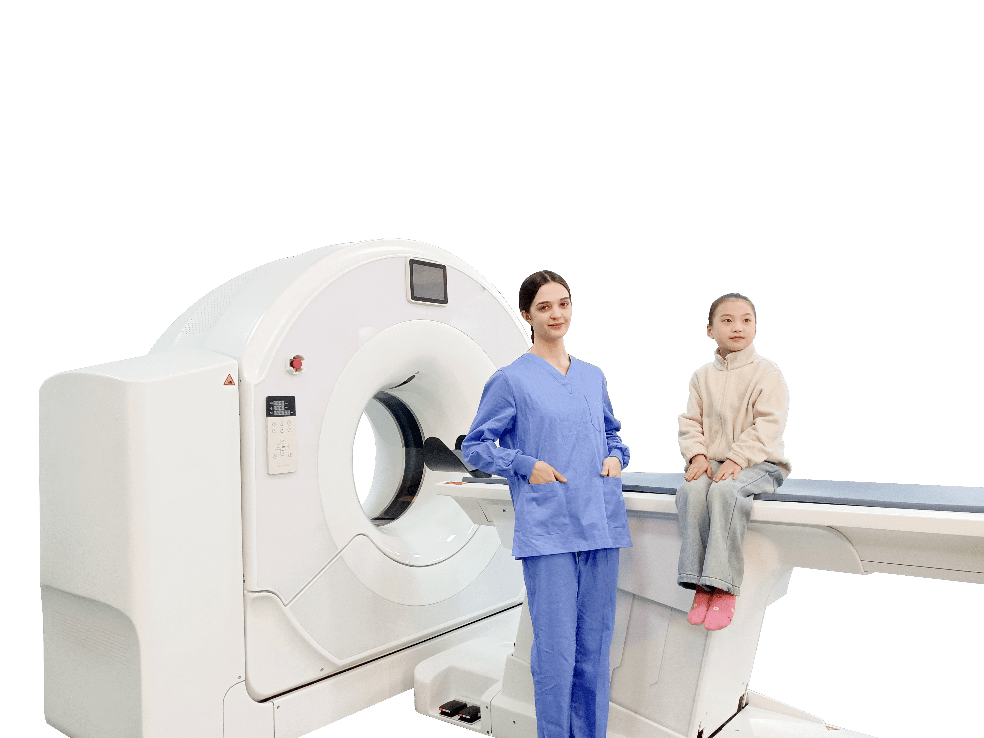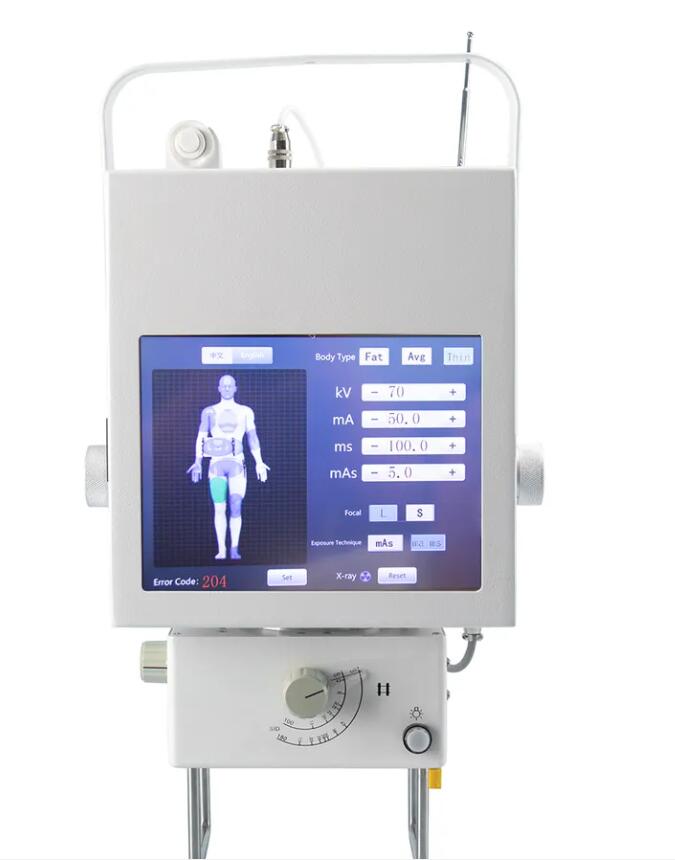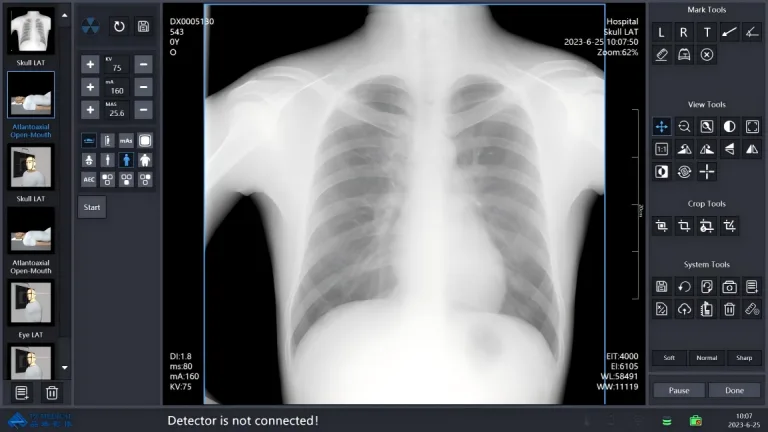What Is a CT Scan?
A Global Buyer’s Guide to Computed Tomography Technology (2025)
In today’s fast-evolving healthcare landscape, computed tomography (CT) has become a cornerstone of modern medical diagnostics. For international buyers, hospital planners, and medical equipment distributors, understanding how CT scanners work, their clinical applications, and key purchasing considerations is essential for making informed decisions.
This comprehensive guide explores everything you need to know about CT scanning systems—from technology fundamentals to global market trends—helping you evaluate product specifications, safety standards, and patient benefits for smarter procurement.
How Does a CT Scanner Work? The Science Behind the Imaging
Unlike traditional X-ray imaging that captures a single 2D picture, CT technology uses rotating X-ray tubes and detectors to take hundreds of cross-sectional images as the patient moves through the gantry.
These slices are then reconstructed by advanced software into high-resolution 3D visualizations of bones, blood vessels, soft tissues, and internal organs. This layer-by-layer imaging allows radiologists to detect abnormalities with superior accuracy—especially in complex anatomical regions.
Top Clinical Applications of CT Scanning Equipment
CT scanners are versatile diagnostic tools used across multiple medical specialties. For global hospitals and diagnostic centers, knowing the clinical scope helps determine which configuration best suits local patient needs.
1. Neurological Diagnostics
- Rapid identification of ischemic and hemorrhagic strokes
- Detection of brain tumors, aneurysms, and traumatic brain injury
- Pre-surgical planning for neurosurgery
2. Thoracic & Lung Cancer Screening
- Gold standard for detecting pulmonary nodules as small as 2–3 mm
- Essential for low-dose lung cancer screening programs (especially for high-risk populations)
- Diagnosis of pneumonia, tuberculosis, and pulmonary embolism
3. Abdominal and Organ Imaging
- Evaluation of liver disease, pancreatic tumors, kidney stones
- Trauma assessment: internal bleeding, organ rupture
- Follow-up imaging for cancer patients
4. Orthopedic and Musculoskeletal Analysis
- 3D visualization of complex fractures
- Spinal conditions: disc herniation, spinal stenosis
- Pre-operative joint and implant planning
5. Cardiac CT and Angiography (CTA)
- Non-invasive coronary artery imaging
- Calcium scoring for heart attack risk assessment
- Vascular mapping without catheterization
🌍 Market Trend: Demand for dual-source and wide-detector CT scanners is rising in Latin America, Southeast Asia, and the Middle East due to growing cardiovascular disease rates.
Radiation Safety: Are CT Scans Safe?
A common concern—especially among patients and regulators—is radiation dose. While CT does involve ionizing radiation, modern systems are designed with ALARA principles (As Low As Reasonably Achievable) in mind.
| Exam Type | Average Dose |
|---|---|
| Head CT | 2 mSv |
| Chest CT | 7 mSv |
| Abdomen-Pelvis CT | 10 mSv |
💡 Context: The average person receives about 3 mSv per year from natural background radiation. Most diagnostic CT exams fall within safe limits when used appropriately.
Features That Reduce Radiation:
- Automatic exposure control (AEC)
- Tube current modulation
- Iterative reconstruction (e.g., ASiR, ADMIRE, AIDR)
- Pediatric protocols and pregnancy alerts
What to Know Before Buying a CT Scanner (For Global Buyers)
Whether you’re sourcing for a private hospital, government health project, or mobile imaging unit, consider these 5 critical factors:
1. Slice Configuration
- 16-slice: Entry-level, cost-effective for basic imaging
- 64-slice: Balanced performance for general hospitals
- 128–320+ slice: High-end, ideal for cardiac, stroke, and research centers
2. Gantry Aperture & Patient Comfort
- Standard bore: ~70 cm diameter
- Wide-bore (≥85 cm): Better for obese or claustrophobic patients
- Consider local BMI trends when selecting bore size
3. Software & AI Integration
- Advanced visualization platforms (3D MPR, MIP, CPR)
- AI tools for nodule detection, stroke triage, and automated measurement
- Cloud connectivity and PACS/DICOM compatibility
4. Service & Support Network
- Availability of local engineers and training
- Warranty terms, uptime guarantees
- Remote diagnostics and software updates
5. Regulatory Compliance
Ensure the scanner meets:
- FDA 510(k) / CE Mark / ISO 13485
- IEC 60601 safety standards
- Country-specific import requirements (e.g., ANVISA in Brazil, NMPA in China)
Post-Scan Patient Care: Contrast Agents & Recovery
Many CT exams use iodinated contrast media to enhance vascular and tissue contrast.
After Contrast Administration:
- Encourage oral hydration to accelerate renal clearance
- Monitor for rare allergic reactions (<0.1% incidence)
- Use premedication protocols for patients with prior contrast sensitivity
⚠️ Note: Always verify kidney function (eGFR) before contrast injection in at-risk patients.
Why Invest in CT Technology? The Global Healthcare ROI
For medical facilities worldwide, investing in CT imaging offers:
- ✅ Faster diagnosis and reduced patient wait times
- ✅ Higher throughput and service revenue
- ✅ Competitive advantage in attracting referrals
- ✅ Support for public health initiatives (e.g., national cancer screening)
According to WHO, over 75% of accurate diagnoses in emergency care rely on imaging—making CT an indispensable tool in modern medicine.
Final Thoughts: Choosing the Right CT Scanner for Your Market
When sourcing CT equipment internationally, focus not just on price—but on clinical versatility, dose efficiency, regulatory alignment, and long-term supportability.
Whether you’re supplying to urban clinics or rural telemedicine hubs, selecting the right CT scanner means delivering precision, safety, and value to healthcare providers and patients alike.
📞 Looking to source reliable CT imaging systems?
Contact us today for OEM/ODM partnerships, turnkey solutions, and global shipping with full technical documentation and certification support.



